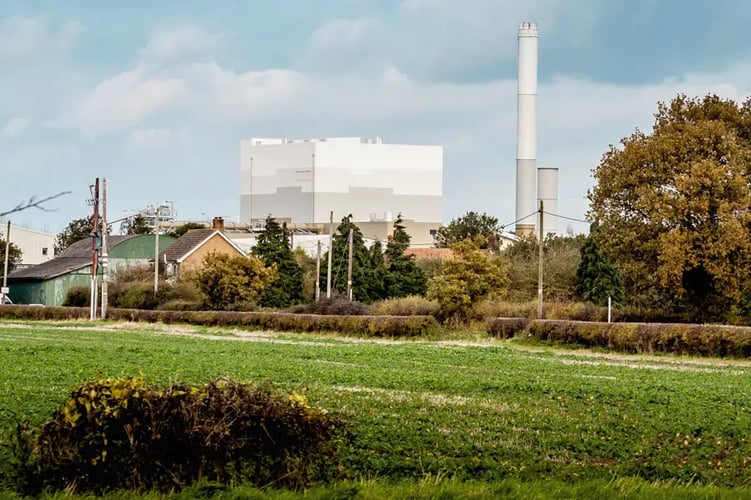6 reasons why you should care about NOx emissions – and how to reduce them
by Aalborg Energie Technik a/s on Feb 14, 2023 3:54:58 PM
 While carbon dioxide gets most of the attention in climate change discussions, it is far from the only harmful man-made emission that affects the environment and threatens the health of our planet and its inhabitants.
While carbon dioxide gets most of the attention in climate change discussions, it is far from the only harmful man-made emission that affects the environment and threatens the health of our planet and its inhabitants.
Virtually all combustion processes result in some formation of nitric oxide (NO) and nitrogen dioxide (NO2), collectively known as nitrogen oxides (NOx).
NOx poses serious health risks and can lead to respiratory ailments like asthma, emphysema and bronchitis. NOx also causes smog, contributes to acid rain and deteriorates our water quality.
What are the impacts of NOx emissions?
- Health-damaging smog. When NOx reacts with volatile organic compounds (VOCs), it creates ground-level ozone, which contributes to smog. This is a risk to human health, vital ecosystems, and crop yields. Ground-level ozone can cause irritation of the eyes, nose and throat and can lead to severe respiratory problems in children, the elderly and those with pre-existing conditions.
- Acid rain. When NOx and sulphur dioxide are released into the atmosphere and then react with water, oxygen, and certain chemicals, it creates sulphuric and nitric acids that then fall to earth in the form of rain, snow and/or dust.
- Declined water quality. The most damaging effects of acid rain are seen in our waterways. While some aquatic plants and animals can tolerate acidic waters, others cannot.
- Impaired visibility. Nitrogen dioxide and other nitrate particles block the transmission of light. This can greatly reduce visibility in urban areas, posing travel difficulties and increased traffic risks.
- Toxic vapours and particles. When NOx reacts with ammonia and certain forms of moisture, it forms nitric acid vapour and related small particles. When these small particles are breathed into the lungs, they can cause tissue damage and create or aggravate respiratory diseases and even cause death.
- Climate change. NOx is an indirect contributor to climate change. When nitrogen oxides interact with other gases in the atmosphere, it enhances the greenhouse effect, the process in which gases trap the sun’s heat and make the Earth warmer.
Reducing NOx
Given these impacts, there are good reasons to minimise NOx emissions. The good news is that with an optimal design of the combustion system and NOx reduction systems, emissions can be reduced dramatically.
The formation of NOx is generally categorised into three different types:
- Fuel NOx
- Prompt NOx
- Thermal NOx.
Fuel NOx is formed by the oxidation of a fraction of the fuel nitrogen content in the primary combustion zone. With an optimal design of the combustion system, the conversion rate of nitrogen in fuel to NOx in the flue gas is minimised.
Prompt NOx is formed at the flame surface when hydrocarbon radicals are present in the flame. Prompt NOx formation is a fast process that happens at high combustion temperatures (above 1600°C) and the contribution to the total NOx formation is therefore usually insignificant during the combustion of solid biofuels.
Thermal NOx is formed in the burnout zone of the combustion. Since the thermal NOx formation depends on the level of available oxygen in the burnout zone, the flue gas oxygen content (excess air ratio) has a strong influence on thermal NOx formation.
Finally, NOx can also form from nitrous oxide (N2O) in the burnout zone, similar to thermal NOx. N2O is formed when the combustion temperature is lower than 1000°C, which is generally the case in fluidised boilers and not the case for grate-fired boilers.
You can learn much more via our new e-book 'NOx Reduction for biomass-fired and fossil fuel-fired boilers'.
Do you need help with your project?
Our experts are ready to assist you. Fill out the form below and we will get back to you as soon as possible.
Contact us

David Kjølby Krøger


